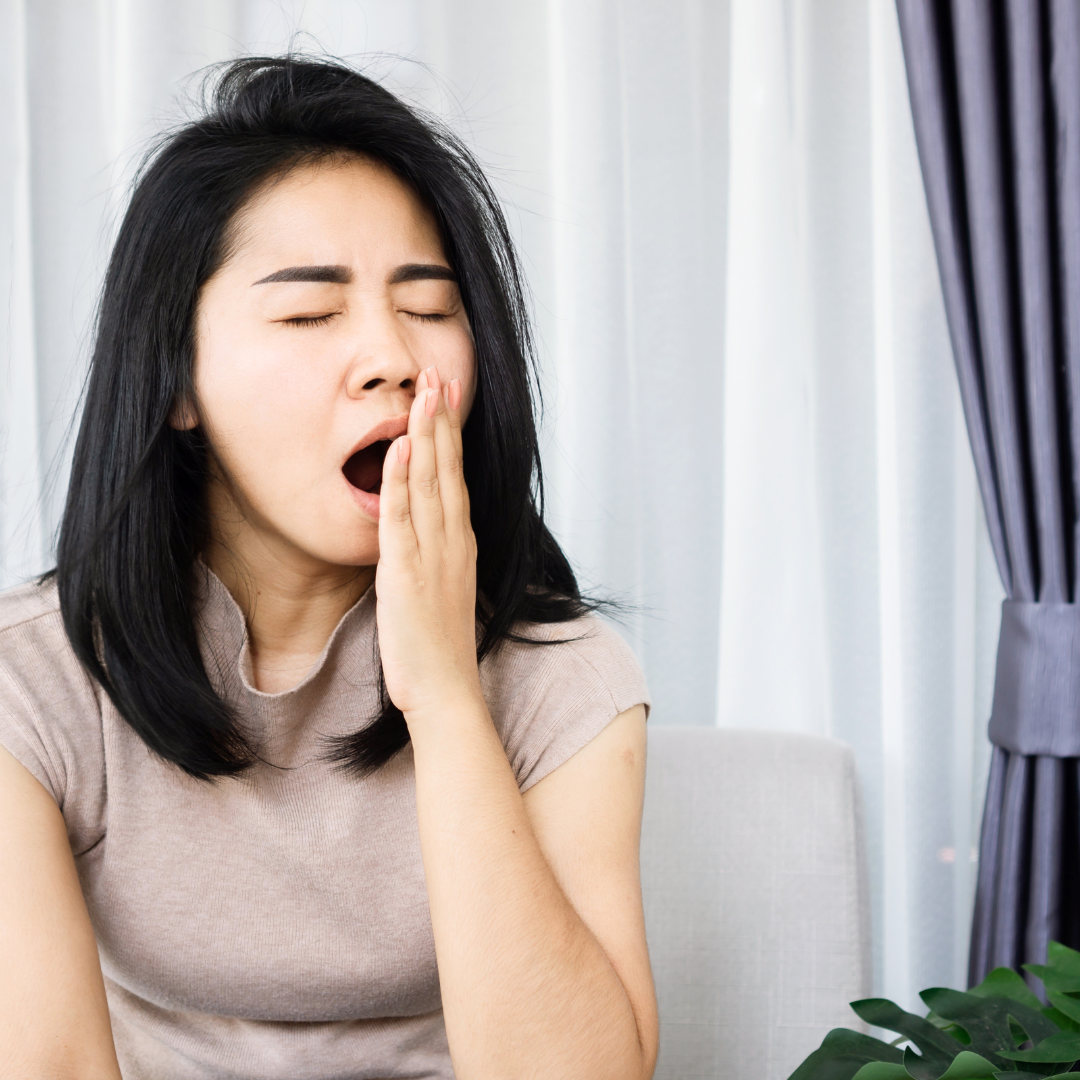Melatonin for Adrenal Fatigue Recovery | How to Use It Safely Without Making Things Worse
Melatonin is a signal, not a sedative. If your stress system is out of balance, melatonin alone won’t fix the root cause of sleeplessness.
If you’ve been lying awake at night, staring at the ceiling even though your body feels completely drained, you’re not alone. Many women with chronic stress or adrenal fatigue try melatonin hoping it will finally let them sleep. For some, it helps. For others, it makes things worse or doesn’t work at all. The question becomes: is melatonin safe, and how do you use it without throwing your system off even more?
Why Sleep Feels Impossible When the HPA Axis Is Out of Balance
The HPA axis (hypothalamus, pituitary, adrenal system) controls how your body responds to stress and how you transition from alertness to rest. When you’ve been living in a state of stress for too long, this system gets out of sync. Cortisol, your daytime energy hormone, may be high at night when it should be low, and low in the morning when it should be high. That flipped rhythm leaves you wired at night and groggy during the day.
No matter how exhausted you are, the signal to “turn off” doesn’t come through clearly. This is why supplements that normally help with sleep often stop working. Your body isn’t trying to keep you awake on purpose. It’s struggling to feel safe enough to relax.
Melatonin and Adrenal Fatigue – What You Need to Know
Melatonin is a hormone your body naturally makes in the evening as it gets dark. It signals that it’s time to wind down, preparing the brain and nervous system for sleep. If your stress response has been stuck in overdrive for months or years, your body may not be making enough melatonin at the right time.
This is why many people reach for a supplement. In adrenal fatigue, small amounts of melatonin can sometimes nudge the brain into a sleep cycle. But it’s not a magic pill. It’s a signal, not a sedative. If the rest of the system is out of balance, melatonin alone won’t fix the underlying problem.
Melatonin Safe Dose for Sleep (And When to Be Cautious)
With melatonin, more is not better. Large doses can cause grogginess, strange dreams, or even make it harder to sleep over time. In most adults, a small dose, often 0.3 mg to 1 mg, is plenty. Many supplements are sold in much higher amounts, which can overwhelm the system instead of supporting it.
Timing also matters. Taking melatonin too late at night or at random times during the day confuses your brain’s natural rhythm. It works best when taken 30 to 60 minutes before bed, ideally while keeping a consistent bedtime.
Signs that melatonin isn’t right for you right now include: feeling worse after taking it, waking up more often in the night, or noticing mood changes. These are signs to pause and work with a practitioner to explore why your sleep is off in the first place.
“The most powerful sleep aid isn’t a pill, it’s retraining the HPA axis so your body knows how to rest naturally again.”
Melatonin for HPA Axis Support: Using It as a Tool, Not a Crutch
Melatonin can be helpful, but it’s only one piece of the bigger picture. If your HPA axis is struggling, the real work is in calming your stress response during the day so that sleep comes naturally at night. When melatonin is used thoughtfully alongside these changes, it can be a bridge that helps the body start to relearn its rhythm.
That means pairing melatonin with simple practices like:
A gentle evening routine that tells your body it’s safe to slow down
Morning sunlight to help set your natural sleep-wake clock
Breathing practices that keep cortisol from spiking at bedtime
Supporting your body with nutrition that stabilizes blood sugar and prevents middle-of-the-night energy crashes
When these foundations are in place, melatonin can be a gentle helper instead of a desperate last resort.
Simple Steps to Improve Sleep Without Over-Relying on Supplements
Create a wind-down routine: Dim the lights an hour before bed. Avoid scrolling on your phone during that time. This helps your body naturally increase its own melatonin.
Support your circadian rhythm: Get natural light on your face in the morning. Even ten minutes helps your body know when it’s time to be awake and when to rest.
Focus on your evening meal: Eating balanced protein and healthy fats at dinner helps keep blood sugar stable through the night, which supports steady sleep.
Practice a few minutes of calm breathing before bed: Inhale gently through your nose, pause, and exhale slowly. This helps your nervous system shift out of stress mode.
These changes are small, but they begin to rebuild your body’s ability to produce melatonin on its own.
Next Steps: Supporting Your Sleep and Your Stress Response
If you’ve been taking melatonin and still can’t sleep, it doesn’t mean your body is broken. It means there’s a deeper imbalance that needs attention. Your HPA axis can be retrained, and with the right support, your sleep can improve.
This is where guidance matters. At our clinic, we use functional lab testing to see exactly how your stress hormones are cycling throughout the day. From there, we create a plan to calm your nervous system, support natural balance of your HPA axis, and bring back your natural rhythm. Melatonin becomes just one tool, not the only lifeline.
Inside our Nervous System Healing Code program, we teach you how to regulate your stress response so that sleep doesn’t feel like a battle. Many of our clients discover that once their stress chemistry is balanced, they no longer depend on melatonin to fall asleep. They wake up with energy that lasts, instead of feeling trapped in a cycle of exhaustion.
You don’t have to keep guessing. You can take the first step toward better sleep and deeper healing today by joining our program or booking a one-on-one consultation.
When your nervous system feels safe, your body knows how to rest. We can help you get there.









































